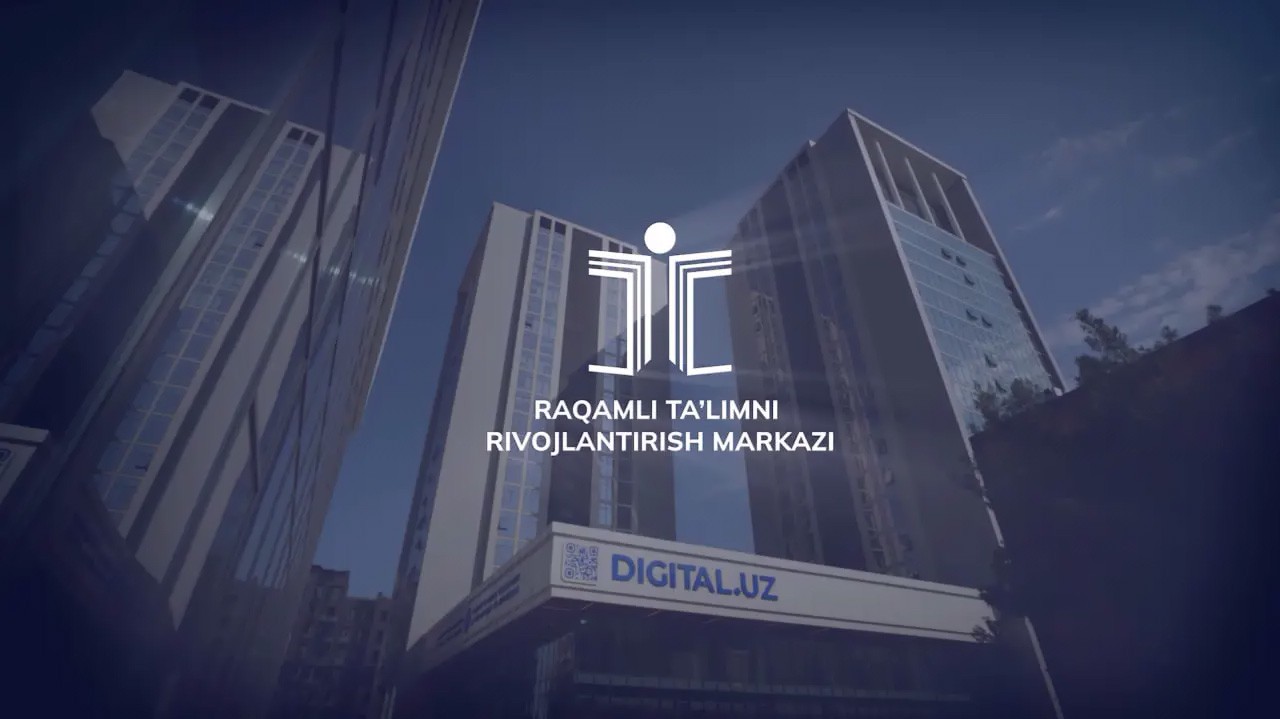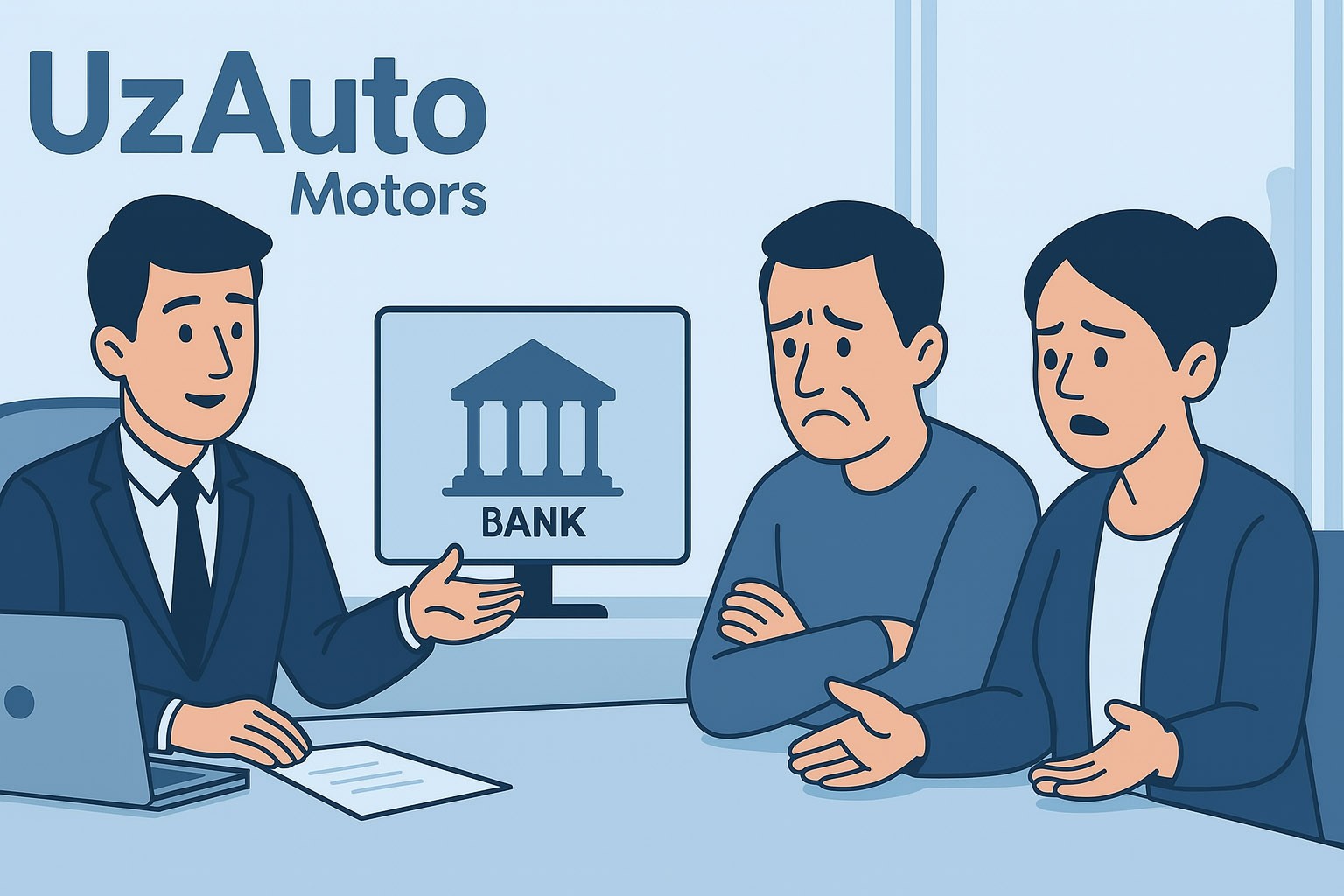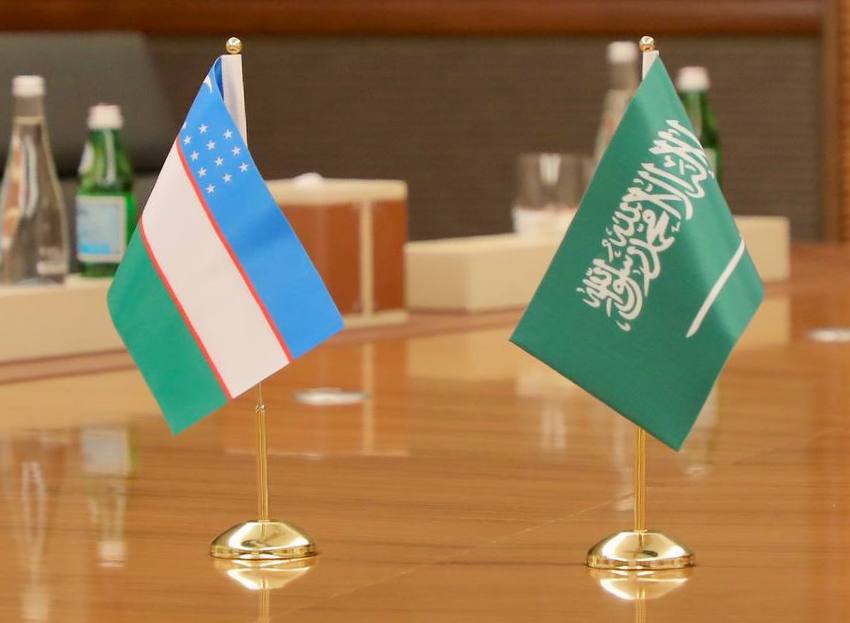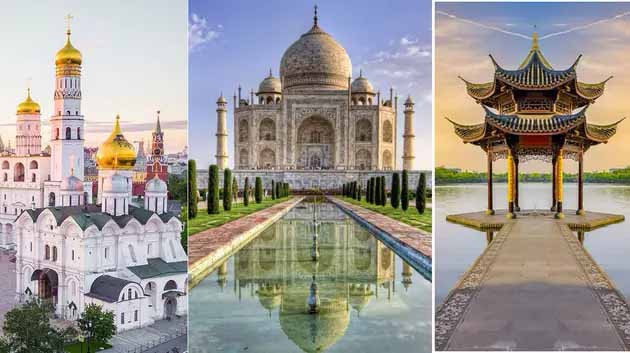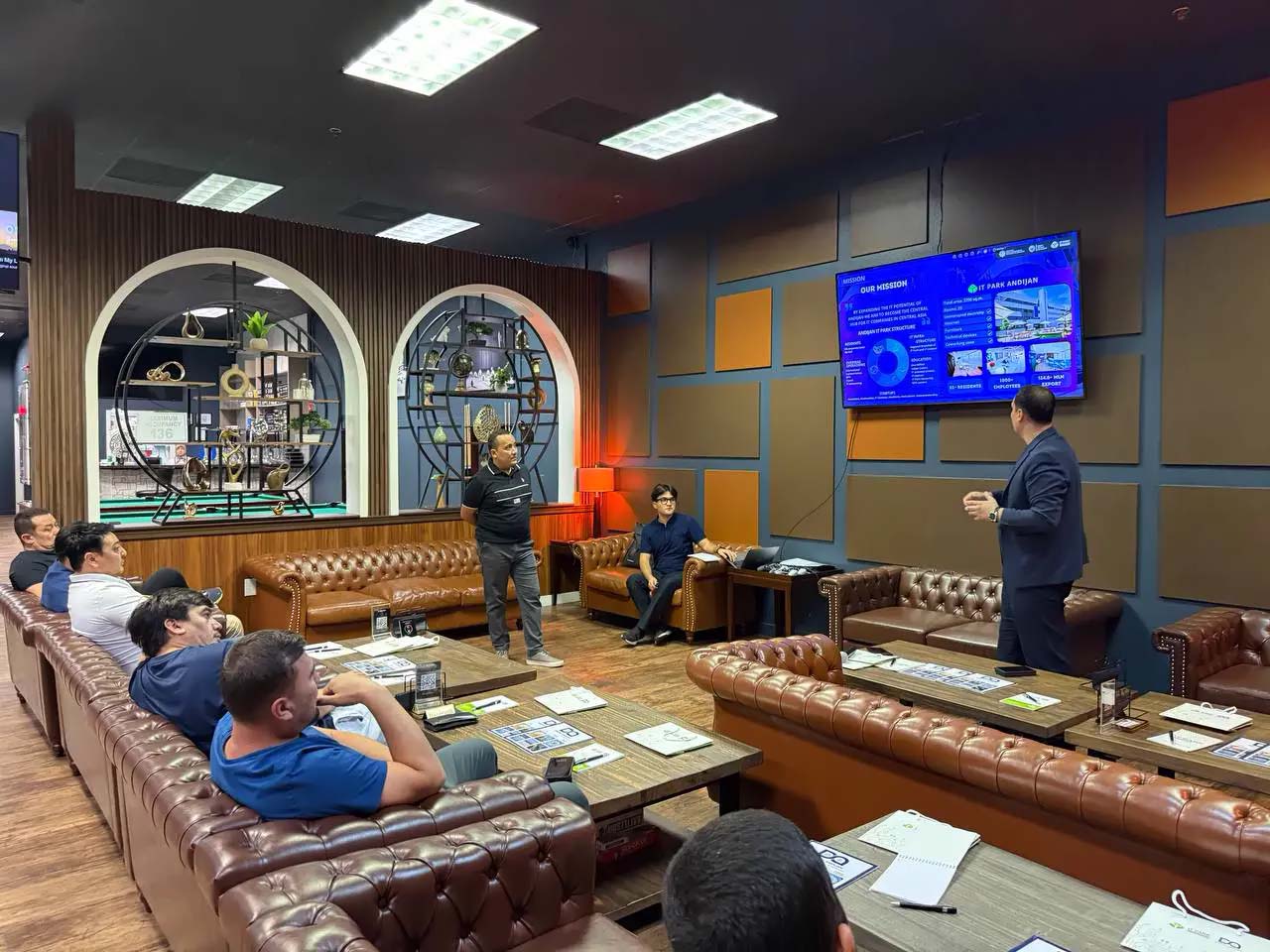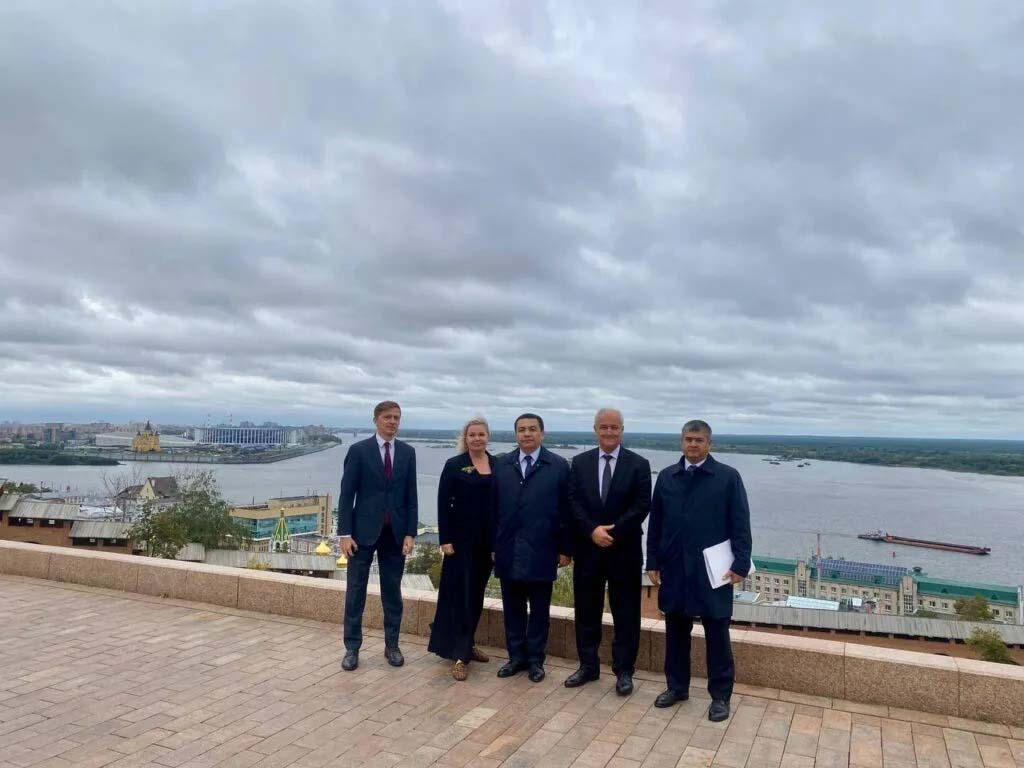Within the framework of the Tashkent International Investment Forum, a panel session on the theme "Creative Economy: from cultural heritage to an investment future" was held, during which strategic approaches to the development of creative industries as one of the drivers of sustainable economic growth were presented.
The session brought together experts in the field of culture, art and investment, representatives of international foundations, curators, as well as interested investors. The discussion focused on the importance of the creative sector in diversifying the national economy, creating new jobs, developing innovative forms of employment and strengthening the international image of Uzbekistan.
From cultural heritage to the new economy
Diana Campbell, the session's moderator, Artistic Director of the Bukhara Biennale and representative of the Foundation for the Development of Culture and Art, stressed that the foundation's strategy is aimed at supporting local talents and integrating them into the global cultural context.
"Although the Bukhara Biennale has not yet opened, many hotels are already fully booked. Fans of artists travel to Uzbekistan to see how the country's unique historical context is reinterpreted through contemporary art, " Campbell said.
"We use the architectural monuments of the Great Silk Road-madrassas, mosques, caravanserais-as platforms for artistic expression. This is not only a cultural act, but also an economic boost."
According to Campbell, the works presented at the biennale are custom projects created in collaboration with Uzbek artisans. This opens up new horizons both for the export of a cultural product and for the professional growth of the artists themselves.
Contemporary art as a tool for community formation
Curator of the Center for Contemporary Art in Tashkent, Sara Raza, noted that the mission of the center goes beyond creativity in a narrow sense.
"The Center will become not just an art space, but part of a broad ecosystem that encourages dialogue, education and professional development. We need not only artists and curators, but also architects, teachers, marketers, and urbanists, " Raza said.
"We are in talks with Westminster International University in Tashkent to launch a master's degree program in art and cultural policy. Our goal is to help young people use art as a way to rethink society and create new approaches."
The Center is already seen as an educational and cultural platform that can become a magnet for internal and external investment.
Investment prospects for the creative sector
The session also included discussions on the potential of craft industries, cultural tourism, international festivals and art initiatives as entry points for investors. The participants noted that the development of creative industries can play an important role in strengthening export potential, forming a national brand and attracting young people to high-quality employment.
Special attention was paid to the need to create institutional support for creative entrepreneurs and attract external capital to cultural and creative projects.
Uzbekistan's new role on the global cultural map
The panel discussion confirmed that Uzbekistan is entering the international arena not only as an economically promising country, but also as a new center of cultural attraction. The presented initiatives-from the biennale to modern educational programs-are considered as part of a long-term strategy to transform cultural capital into sustainable investment mechanisms.
Thus, the meeting was an important step towards the formation of a full-fledged creative economy in Uzbekistan, capable of combining historical heritage, modern art and global investment interest.


